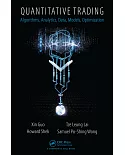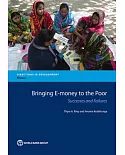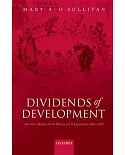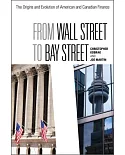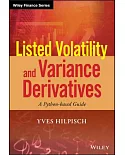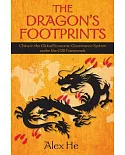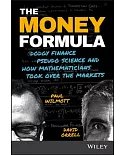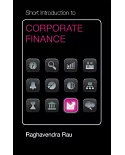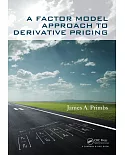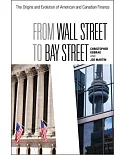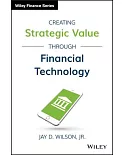A comprehensive collection of up-to-date empirical and analytical research within high-frequency finance
Reflecting the fast pace and ever-evolving nature of the financial industry, the Handbook of High-Frequency Trading and Modeling in Finance details how high-frequency analysis presents
new systematic approaches to implementing quantitative activities with high-frequency financial data.
Introducing the mathematical foundations necessary to analyze realistic market models and scenarios, the handbook begins with a presentation of the dynamics and complexity of futures and
derivatives markets as well as the portfolio optimization problem using quantum computers. Subsequently, the handbook addresses estimating complex model parameters using high-frequency data.
Finally, the handbook focuses on the links between models used in financial markets and models used in other research areas such as geophysics, fossil records, and earthquake studies.The
Handbook of High-Frequency Trading and Modeling in Finance also features:
- Contributions by well-known experts within the academic, industrial, and regulatory fields
- A well-structured outline on the various data analysis methodologies used to identify new trading opportunities
- Newly-emerging quantitative tools that address growing concerns relating to high-frequency data such as stochastic volatility and volatility tracking; stochastic jump processes for
limit-order books and broader market indicators; and option markets
- Multiple practical applications using real-world data to help readers better understand the presented material
The
Handbook of High-Frequency Trading and Modeling in Finance is an excellent reference for professionals in the fields of business, applied statistics, econometrics, and financial
engineering. The handbook is also an ideal supplement for graduate and MBA-level courses on quantitative finance, volatility, and financial econometrics.


